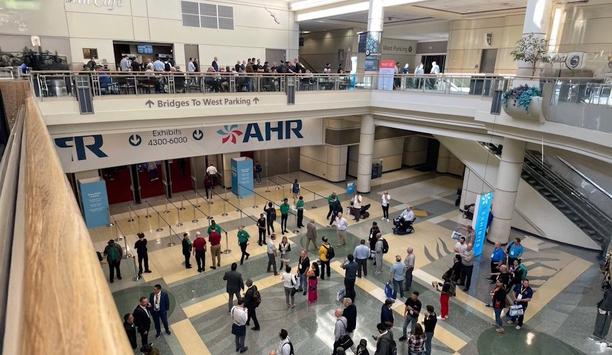AI (Artificial Intelligence) is a smart buildings’ biggest ally. Without it, a building could hardly be classed as smart. For building owners and managers, AI is imperative to create a secure and comfortable experience for their occupants every day.
What a building platform should do is gather data from various sources from the building management system and other smart technologies, to gather it all in one place. The data should then be fed into a flexible, scalable cloud-based platform that stores it securely and standardizes the data. However, that still doesn’t make it a smart building.
Building platforms integration with built-in AI
Truly smart buildings are made, when building platforms are integrated with built-in AI. These technologies facilitate integration and enhanced intelligence, across a building or estate, all the while improving building operation for its occupants. They can also monitor building and equipment performance, and factor in building system data, and external input, including weather and traffic.
Ultimately, this allows for Machine Learning to constantly monitor building spaces and when systems need to be optimized. This allows for increased building efficiency and lowered costs, with limited human intervention.
AI offers predictive analysis in HVAC
AI can also apply predictive analysis in HVAC, lighting and appliances, as well as fault detection and diagnosis
AI can also apply predictive analysis in HVAC, lighting and appliances, as well as fault detection and diagnosis. Any potential issues can then be addressed, prior to something serious happening and an engineer can be sent out to fix it, with the right part, the first time itself.
For rooms that aren’t in use, energy-efficiency savings can be made easily and effectively, by reducing energy consumption in those areas. AI uses sensors to monitor room occupancy and makes real-time decisions, based on the insights.
Occupants can then have the optimal levels of ventilation, temperature and light for the rooms they are in, but precious resources can be saved in the rooms that aren’t. All in all, this helps both the buildings bottom line and the planet.
The Personal Benefits of AI
When it comes to smart building technologies, the most important aspect is that the technologies work exactly how they need to. This is why AI is such a useful tool, as every Building Manager, Operations Executive, or Health and Safety Officer can plug into the platform, and make decisions based on real-time data. This comes from creating a scalable platform in the Cloud, helping monitor and action everything from HVAC to access control, to occupant experience to fire detection.
However, it’s not just those people who are responsible for the building’s operations, can get hands-on experience with AI. Many smart buildings now put their technology in the hands of each occupant, including office workers, teachers, CEOs, or nurses. Smartphone apps, unique to your building or estate, can help guide visitors from A to B, book meeting rooms or operating suites, or inform maintenance, when something goes wrong, all from the palm of their hand.
AI-enabled security cameras
To access buildings, users can present their access control credentials, in the form of a card or pin
To access buildings, users can present their access control credentials, in the form of a card or pin, as they traditionally have, but then face a camera to further verify their identity.
These cameras use AI algorithms to identify users with very high confidence and the combination of facial recognition, and traditional card access provides a higher level of assurance for secure access, while minimizing disruption for the users.
Importance of utilizing the right AI technologies
Buildings that utilize the right AI technologies in the right ways can be truly transformed. For building management businesses, it can closely align them to a tenant organization’s business and deliver the experiences occupants need and want. In turn, they benefit their own business, both financially and operationally.
Making buildings smarter – or smart in general – will help overcome some of our most prevalent challenges. In particular, the aggressive net-zero and sustainability targets that businesses have promised to reach. For most, the issue isn’t with having the data, but rather with actioning the insights to see real change. With AI, it becomes possible, and we can start to see real changes in our buildings.



















